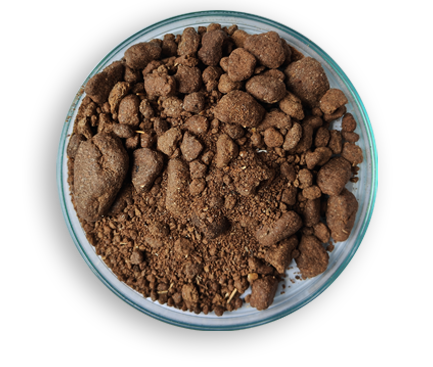


A by-product from crushing, expelling and extracting oil from Oilseed rape and is normally in meal form.
Rapeseed meal, called canola meal in North America, Australia and some other countries, is the by-product of the extraction of oil from rapeseed (Brassica napus L., Brassica rapa L. and Brassica juncea L., and their crosses). It is a protein-rich ingredient that is widely used to feed all classes of livestock.
Rapeseed meal contains about 36% protein and 2.1% lysine. It is high in fiber with about twice the level of 44%-protein soybean meal.
Rapeseed Meal is derived from the oilseed rape plant and constitutes a black and yellowish meal which is slightly oily to the touch. In the past, Rapeseed Meal was fed in quantities ranging from 5% to 12%.
Rapeseed meal, the leftover after crushing and squeezing or permeating with solvent, has three kinds of forms namely powder, patch and granular, and is one kind of protein feedstuffs. Although rapeseed meal is one of the most potential protein sources, the inclusion level is difficult to increase in the diet of animals on grounds of the inherent and excessive levels of anti-nutritional factors (glucosinolates, Sinapine and non-starch polysaccharides, etc) in common Brassica napus rapeseed meal.